Big cats, belonging to the subfamily Pantherinae of the family Felidae, have long fascinated humans with their majesty and power. Ranging from the iconic African lion to the elusive snow leopard, these formidable predators have evolved over millions of years, adapting and branching into various iconic species populating different corners of the globe. This article traces the intriguing journey of big cats from their saber-toothed ancestors to the modern grace and grandeur they embody today.
The Dawn of Saber-Toothed Cats
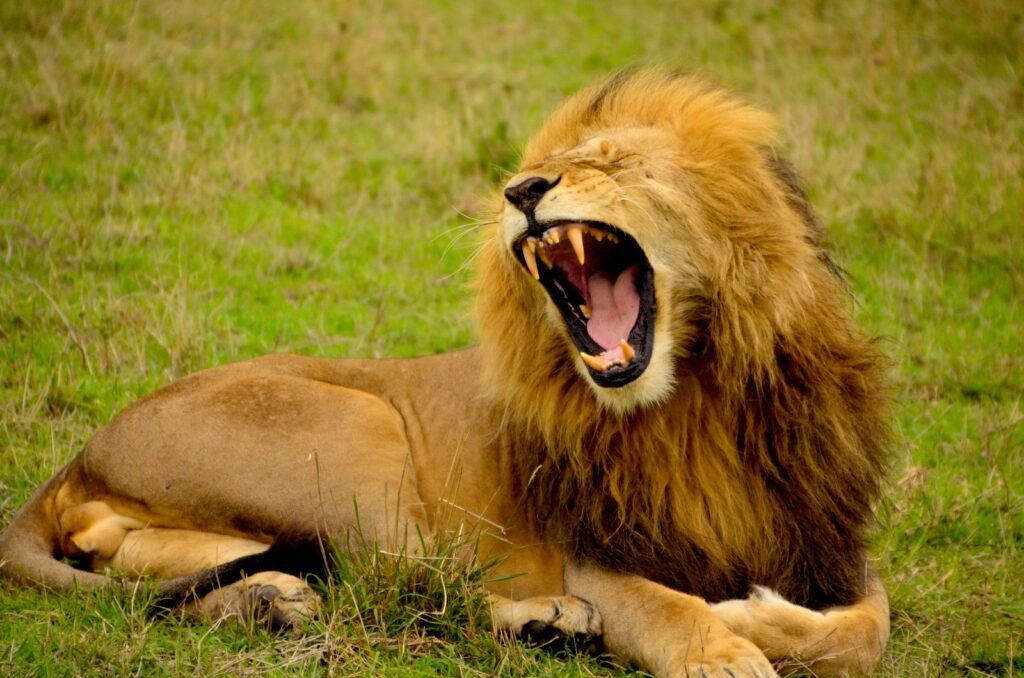
The story of big cats begins with the saber-toothed cats, or machairodonts, which roamed the earth millions of years ago. These prehistoric predators were characterized by their elongated canines, which earned them the saber-toothed label. The most well-known among them, the Smilodon, existed during the Pleistocene epoch. Despite their fearsome appearance, saber-toothed cats eventually went extinct, leaving behind only fossils that contribute critical information to our understanding of feline evolution.
Understanding the Evolutionary Tree
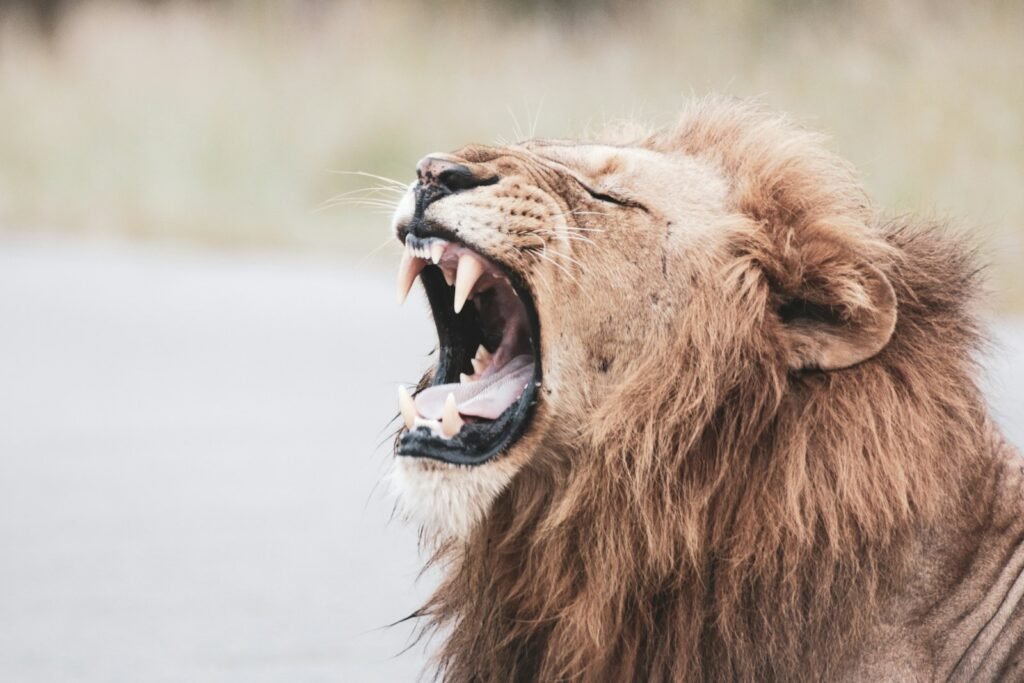
Felidae, the biological family that includes both modern big cats and their ancestors, diverged from other carnivorous mammals approximately 25 million years ago. Within Felidae, the evolution of big cats represents a complex branching tree, where various lineages emerged over time. These evolutionary paths were influenced by factors such as climatic changes, prey availability, and competition, leading to a diversification of species that adapted to a variety of ecological niches.
Physical Adaptations Through Ages
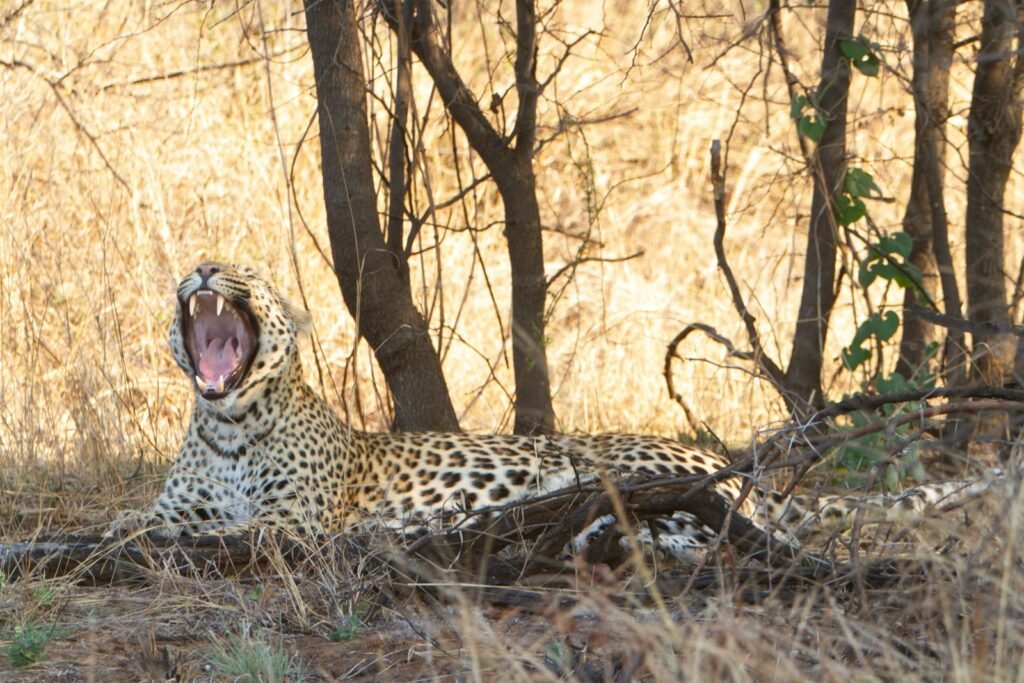
Over the millennia, big cats have developed numerous physical adaptations that have aided their survival and success as predators. From the retractable claws shared by many feline species, enabling stealth and enhanced grip, to powerful jaws capable of delivering lethal bites, these adaptations have been finely tuned by natural selection. Fur patterns, like the stripes of tigers and spots of leopards, offer camouflage in diverse environments, demonstrating how evolutionary pressures have shaped their unique appearances.
Diet and Hunting Strategies
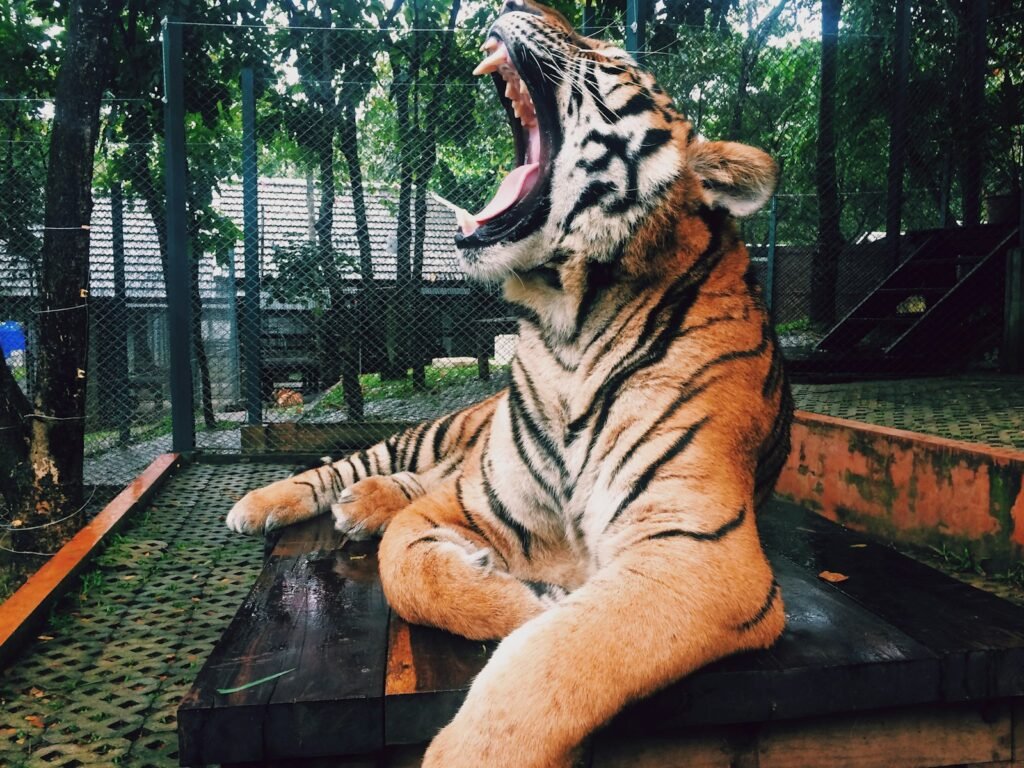
Big cats are primarily carnivorous, relying on their hunting skills to capture prey that ranges from small mammals to large ungulates. Each species has developed unique hunting strategies that suit its habitat and prey types. Lions, for example, often hunt in coordinated groups known as prides, while solitary cats like leopards rely on stealth and surprise. These feeding habits have not only influenced the physical evolution of big cats but have also played a pivotal role in their social structures and environmental interactions.
The Rise of the Modern Felidae
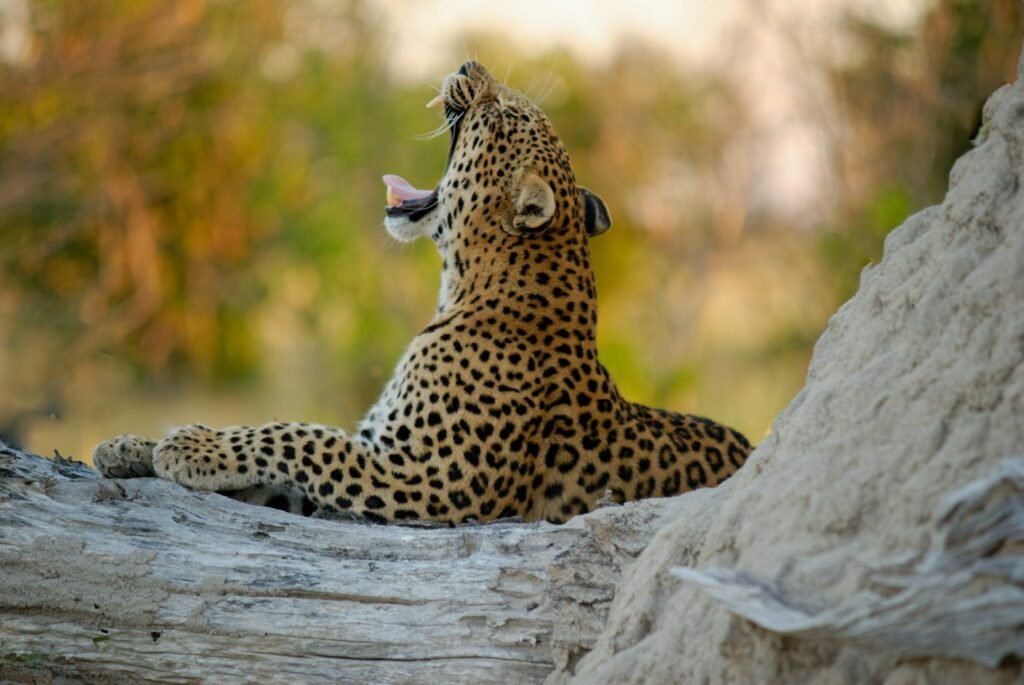
As we enter the epoch of modern big cats, distinct genera like Panthera began to emerge. This group includes lions, tigers, leopards, and jaguars, which are renowned for their ability to roar—a characteristic made possible by a particular adaptation in their larynx. Over the last three million years, these modern species have spread across continents, adapting to diverse habitats ranging from savannas and forests to mountainous terrains.
Impact of Climate and Geography on Evolution
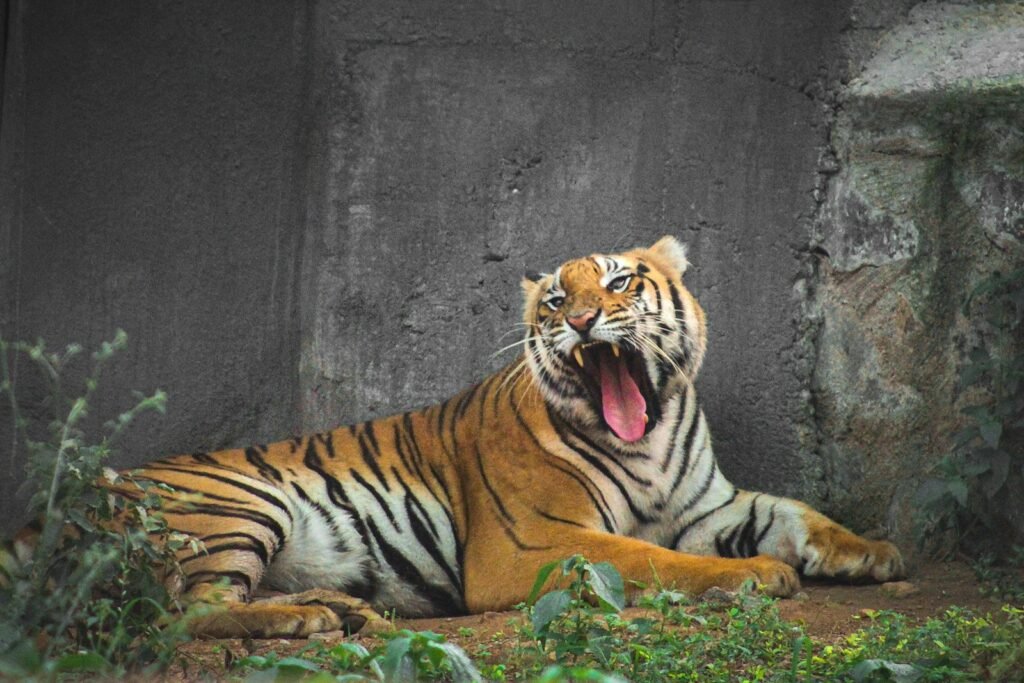
The evolution of big cats has been significantly influenced by climatic changes and geographical shifts. During ice ages, shifting climates created new ecosystems and altered the availability of prey, prompting adaptive radiation in some species and extinctions in others. Geographical barriers like mountains, rivers, and deserts further isolated populations, leading to the emergence of distinct species and subspecies with unique adaptations.
Understanding Genetic Diversity
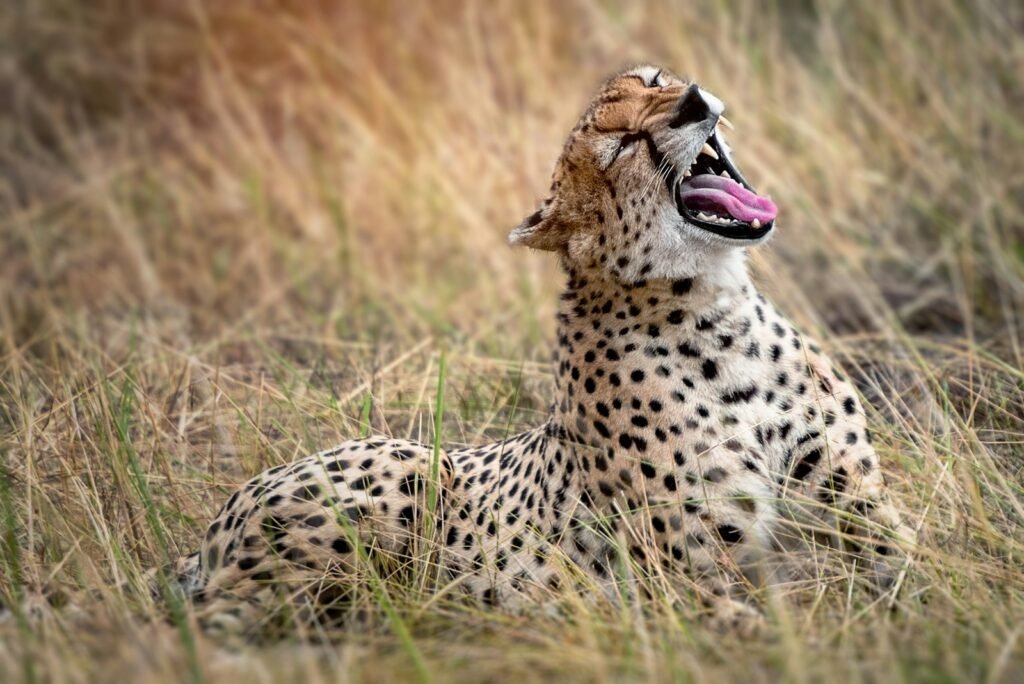
The genetic diversity within big cat populations provides essential insights into their evolutionary history and adaptability. Studies of mitochondrial DNA have revealed patterns of migration and differentiation, showing how historical climates and habitats shaped genetic divergences. Conservation efforts today leverage this genetic knowledge to manage breeding and preserve endangered species, aiming to maintain or restore genetic health and diversity.
Conservation Challenges and Efforts
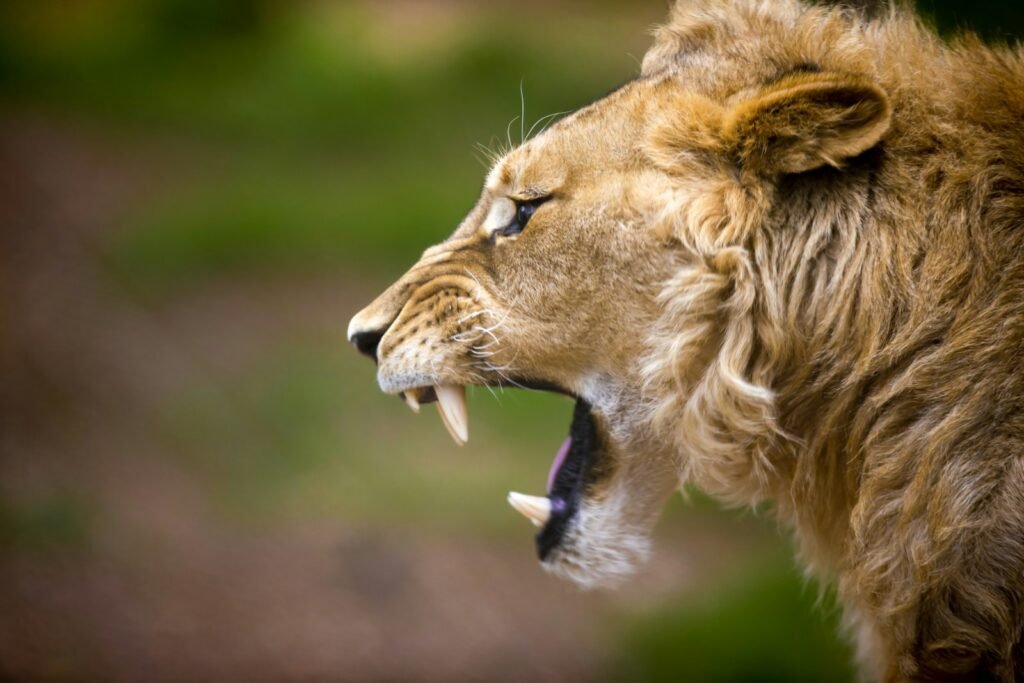
Despite their evolutionary success, modern big cats face significant threats from habitat destruction, poaching, and climate change. Conservationists are working tirelessly to protect these majestic animals through initiatives like protected areas, anti-poaching measures, and breeding programs. Understanding the evolutionary history of big cats adds depth to these conservation efforts, highlighting the significance of preserving their genetic and ecological legacy.
The Future of Big Cats in a Changing World
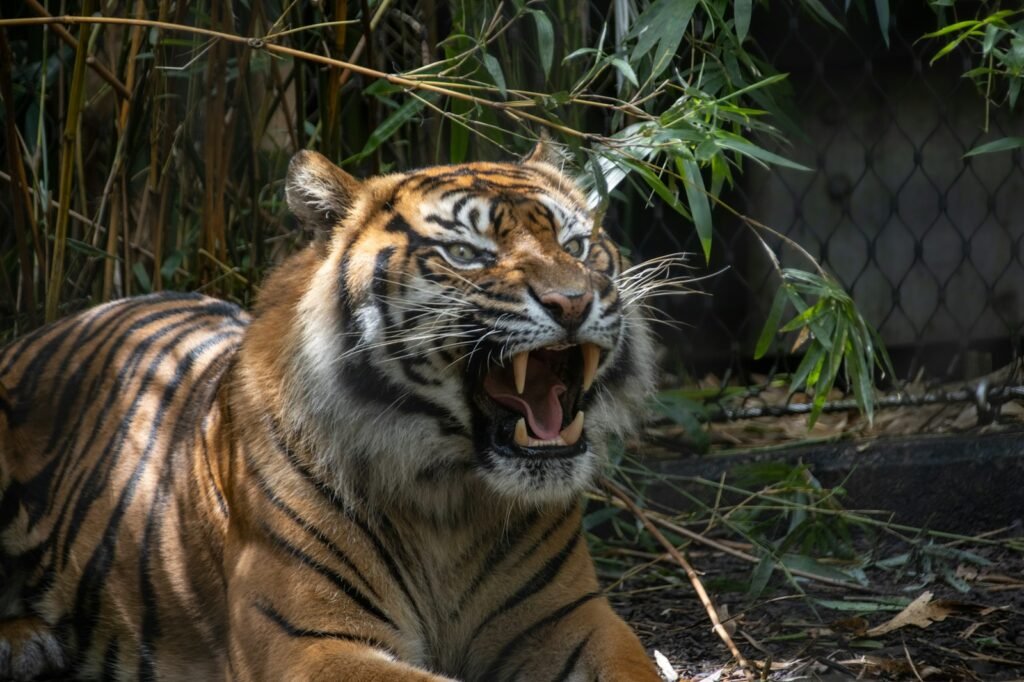
Looking ahead, the future of big cats depends heavily on human actions. As we continue to understand and appreciate their evolutionary journey, it becomes imperative to find sustainable solutions that allow coexistence. By mitigating human-wildlife conflicts and fostering global cooperation, we can ensure that these magnificent creatures continue to roam the Earth for generations to come.
Conclusion: The Legacy of Evolution
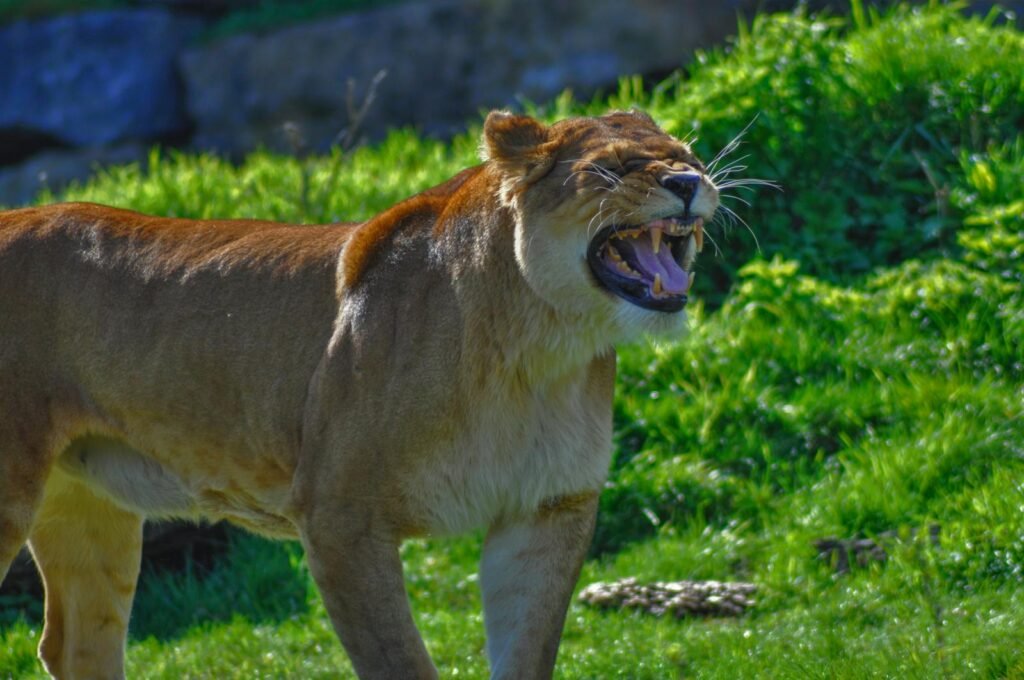
The evolution of big cats is a testament to the power and intricacy of natural selection. From the awe-inspiring saber-toothed predators of prehistoric times to the regal big cats of today, this evolutionary saga is filled with tales of adaptation, survival, and transformation. By learning from their past and protecting their future, we honor the remarkable legacy of these majestic animals.
Hi, I’m Bola, a passionate writer and creative strategist with a knack for crafting compelling content that educates, inspires, and connects. Over the years, I’ve honed my skills across various writing fields, including content creation, copywriting, online course development, and video scriptwriting.
When I’m not at my desk, you’ll find me exploring new ideas, reading books, or brainstorming creative ways to solve challenges. I believe that words have the power to transform, and I’m here to help you leverage that power for success.
Thanks for stopping by, Keep coming to this website to checkout new articles form me. You’d always love it!






